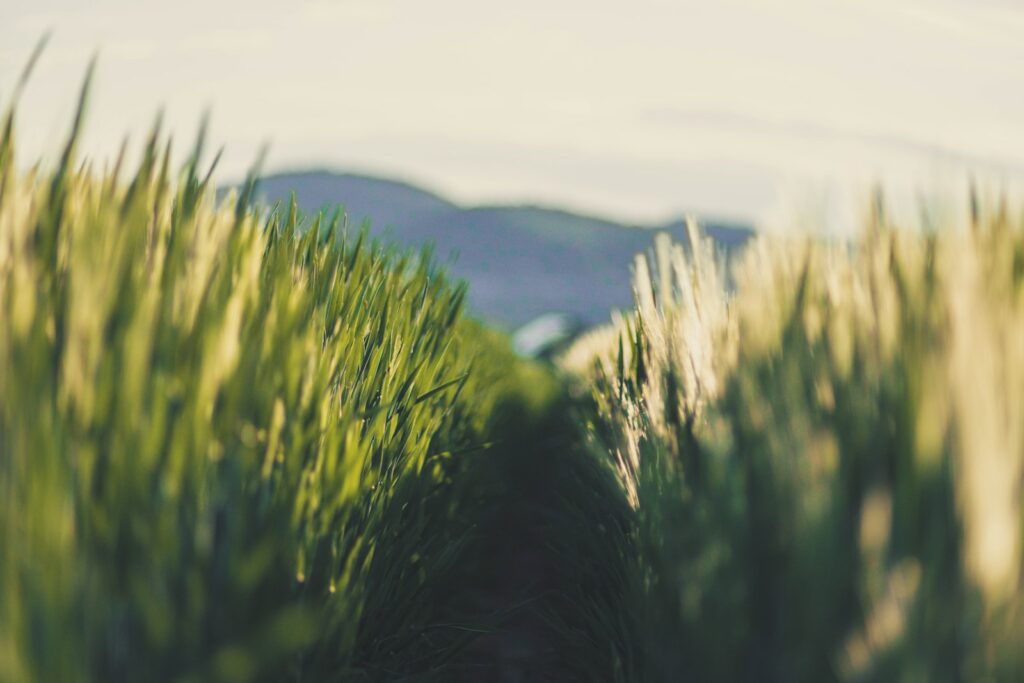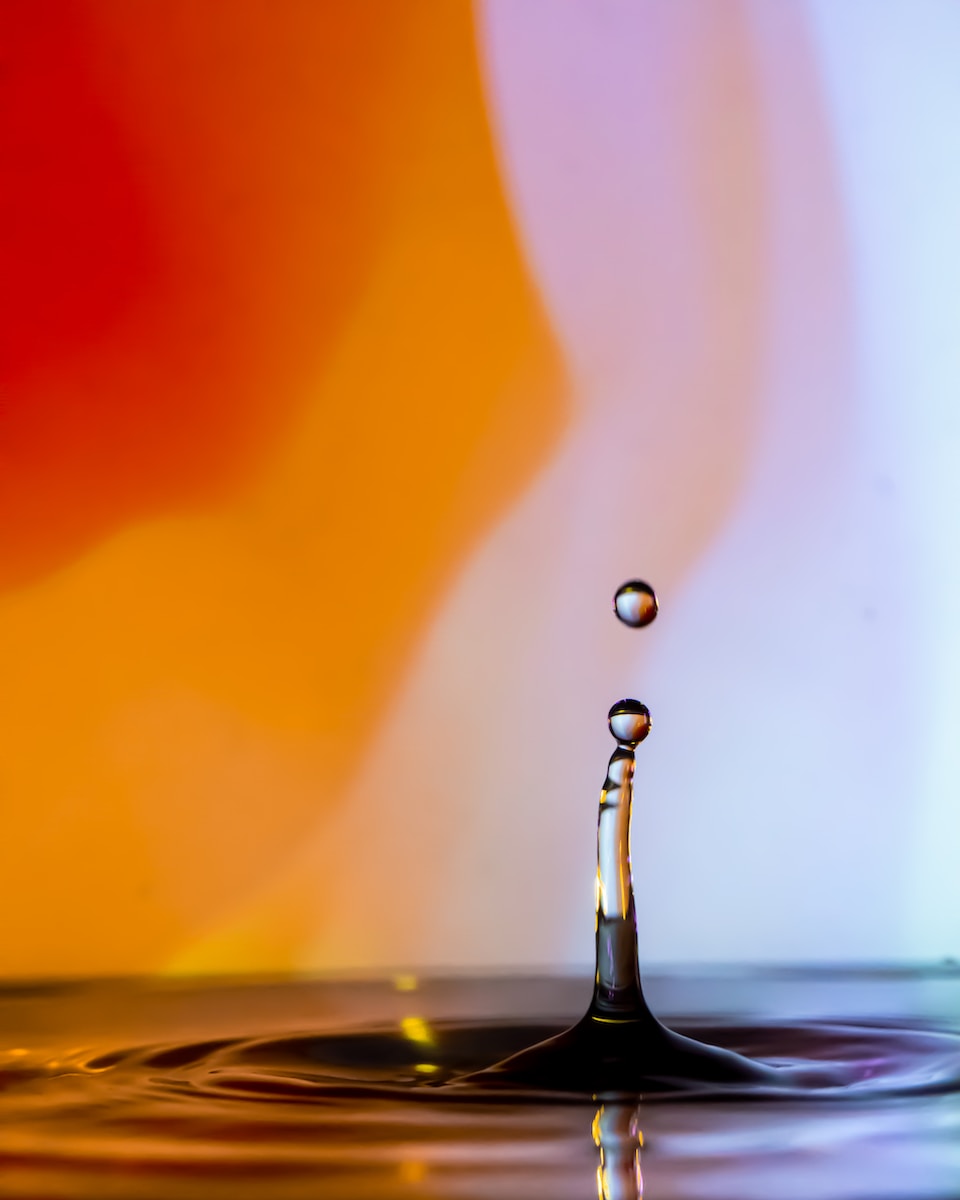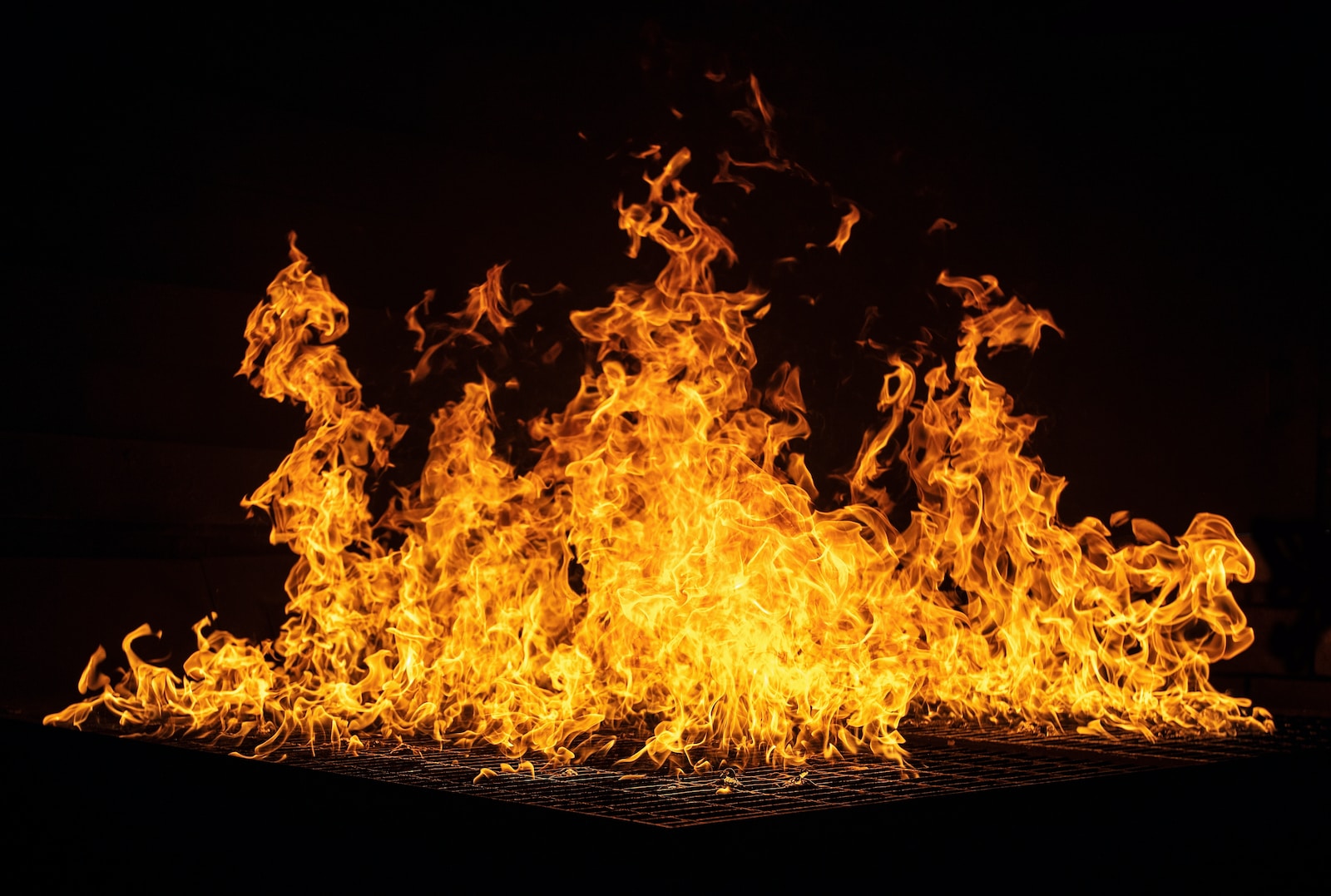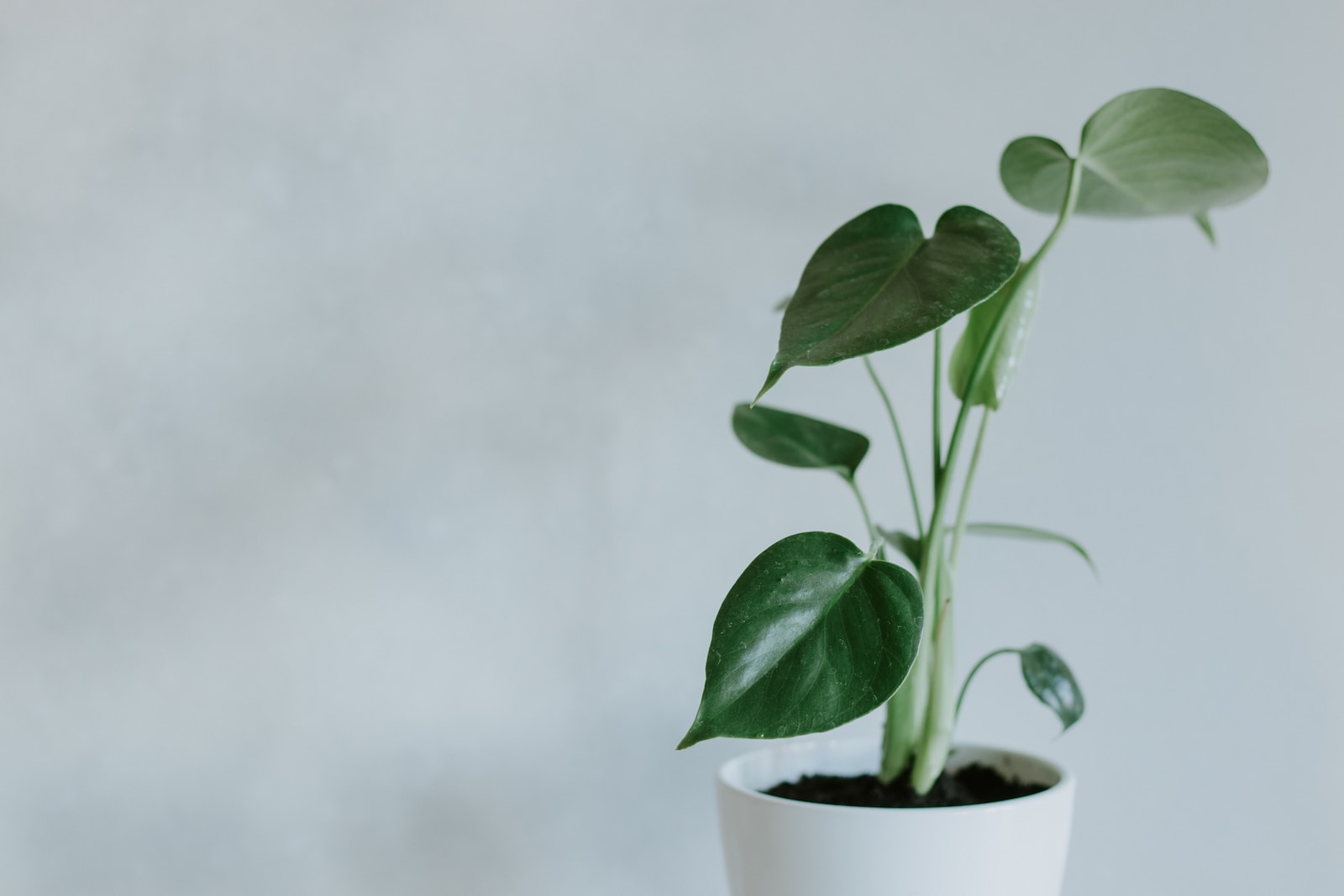Welcome to Dimensions in Photography: Creating a Sense of Depth! Are you looking to take your photography skills to the next level? In this blog, we will explore the fascinating world of spatial orientation and how it can transform your images. Learn how to incorporate foreground, middle ground, and background elements effectively to depict spatial depth in your images. Join us on this journey and discover the secrets of creating stunning and immersive photographs!
Table of Contents
The Power of Depth in Photography
When it comes to capturing captivating and dynamic photographs, creating a sense of depth is essential. By strategically incorporating foreground, middle ground, and background elements, you can transform a flat image into a three-dimensional masterpiece. So, let’s dive in and explore the techniques that will take your photography skills to new heights!
Understanding Spatial Orientation
Spatial orientation refers to the arrangement and placement of elements within a photograph to create the illusion of depth. By understanding how to utilize spatial orientation effectively, you can guide the viewer’s eye and evoke a sense of immersion in your images. Let’s take a closer look at each of the three key components: foreground, middle ground, and background.
Mastering the Foreground
The foreground is the closest section to the camera and plays a vital role in drawing the viewer into the image. By including an engaging and visually interesting foreground element, you can create a powerful starting point for the viewer’s exploration of the photograph. We will discuss composition techniques, such as leading lines and points of interest, to make the foreground shine.
Discovering the Middle Ground
The middle ground acts as a bridge between the foreground and the background, creating a sense of transition in the image. It offers an opportunity to add depth by including additional elements that complement the main subject. We will explore techniques like layering and contrasting to make the middle ground visually engaging and enhance the overall dynamics of your photographs.
Drawing Depth with the Background
While often seen as a backdrop, the background has the potential to add significant depth and context to your images. By carefully selecting and positioning background elements, you can create a layered composition that gives a sense of distance and expansiveness. Experimentation with depth of field and perspective plays a crucial role in effectively utilizing the background to enhance the visual narrative of your photographs.
Creating Harmonious Compositions
Now that we have covered the importance of each individual element, it’s time to bring them together to create harmonious compositions. We will discuss various techniques to ensure a balanced and visually appealing arrangement of foreground, middle ground, and background, as well as techniques to guide the viewer’s gaze through the image.
Did you know that the concept of depth has been explored in art for centuries? Artists like Leonardo da Vinci and the Renaissance Masters revolutionized the use of perspective to create a realistic sense of depth in their paintings.
Experimenting with Perspective and Depth of Field
Perspective and depth of field are powerful tools that can enhance the perception of depth in your photographs. By understanding and manipulating these elements, you can create immersive visuals that captivate your audience. We will delve into the science behind perspective and depth of field, as well as provide practical tips and techniques to master their use.
Expanding Your Creative Possibilities
As you become more proficient in incorporating depth into your photography, you will discover endless opportunities to push your creative boundaries. We will explore advanced techniques such as multiple focal points, frame-within-a-frame composition, and environmental storytelling. By expanding your creative toolbox, you can create images that tell compelling stories and leave a lasting impression on your viewers.
Bringing Depth to Different Photography Genres
Depth is a versatile concept that can be applied to various photography genres. Whether you’re interested in landscape photography, portraiture, or street photography, understanding how to create a sense of depth will elevate your work. We will explore specific techniques and considerations for different genres, providing you with a comprehensive understanding of depth in photography across various artistic disciplines.
Final Thoughts
As you embark on this journey to master the art of depth in photography, remember that practice and experimentation are key. Don’t be afraid to break the rules and push boundaries to create unique and captivating images. By incorporating the principles and techniques discussed in this blog, you will be well on your way to creating visually stunning photographs full of depth and dimension. So grab your camera, step into the world of spatial orientation, and unleash your creative potential!
How to Create a Sense of Depth in Your Photography
Photography is not just about capturing moments; it is about conveying emotions and telling stories. One of the key elements that can greatly enhance the impact of your photos is creating a sense of depth. By incorporating foreground, middle ground, and background elements effectively, you can add visual layers and bring a three-dimensional feeling to your images. In this guide, we will explore some tips and techniques to help you master the art of creating depth in your photography.
1. Pay Attention to Spatial Orientation
The first step in creating depth is understanding how spatial orientation works. Start by identifying the main subject of your photograph and then consider the space around it. Look for elements that can be used as foreground, middle ground, and background, and arrange them in a way that leads the viewer’s eyes from one layer to another.
For example, if you are shooting a landscape, you can use rocks or trees in the foreground, a road or river as the middle ground, and mountains or a clear sky as the background. The spatial arrangement will help create a sense of distance and depth in your photograph.
2. Utilize Foreground Elements
The foreground can play a crucial role in adding depth to your images. By placing objects closer to the camera, you create a sense of scale and dimension. Look for interesting foreground elements that can lead the viewer’s eyes into the frame and create a visual pathway. This could be anything from flowers, leaves, or even architectural details.
For example, if you are photographing a cityscape, you can use a lamppost or a bench in the foreground to draw the viewer’s attention and add depth to the image. Experiment with different angles and compositions to find the most effective foreground element for your composition.
3. Experiment with Depth of Field
The depth of field refers to the area in your photograph that appears sharp and in focus. By using a wide aperture (small f-number), you can create a shallow depth of field, which will blur the background and bring the main subject into focus. This technique can be particularly effective when shooting portraits or close-up shots.
On the other hand, if you want to capture a greater sense of depth, you can use a smaller aperture (large f-number) to increase the depth of field. This will ensure that both your foreground and background elements are in focus, creating a more realistic and layered image.
4. Leading Lines and Perspective
Leading lines and perspective can also contribute to the sense of depth in your photographs. Look for natural or man-made lines that guide the viewer’s eyes towards the main subject. This could be a road, a pathway, or even a row of trees.
Additionally, using a wide-angle lens can exaggerate perspective and make the foreground elements appear larger while the background recedes into the distance. This creates an illusion of depth and can bring a dynamic element to your compositions.
5. Balance and Composition
Lastly, pay attention to the overall balance and composition of your image. A well-balanced composition will ensure that the different layers of your photograph harmonize with each other, creating a visually pleasing and immersive experience for the viewer.
Experiment with the rule of thirds, leading lines, and different perspectives to find the composition that best suits your subject and the story you want to tell. Remember to keep an eye on the foreground, middle ground, and background elements and adjust accordingly to create a strong sense of depth.
By incorporating these techniques into your photography, you will be able to create images that go beyond capturing a single moment. Instead, you will transport the viewer into a three-dimensional world, evoking emotions and storytelling through the effective use of depth.

Frequently Asked Questions
What is depth in photography?
Depth in photography refers to the perceived distance between the foreground, middle ground, and background elements in an image. It creates a sense of three-dimensional space, making the photo appear more realistic and engaging.
How can I create a sense of depth in my photos?
To create depth in your photos, you can use techniques like incorporating foreground elements, using leading lines, adjusting the aperture to control depth of field, and experimenting with different perspectives and angles.
What is spatial orientation in photography?
Spatial orientation in photography refers to the arrangement and positioning of elements within the frame to create a sense of depth and space. It involves carefully composing the subjects and their relationship to each other and the surroundings.
Why is the foreground important in creating depth?
The foreground serves as a visual anchor in an image, drawing the viewer’s attention and providing a sense of scale. By including interesting foreground elements, you can add depth and dimension to your photos.
What is the role of the middle ground in creating depth?
The middle ground acts as a bridge between the foreground and background, helping to establish a sense of distance. It can include subjects or elements that complement the foreground and add additional layers of depth to the photo.
How does the background contribute to depth in photography?
The background provides context and adds depth to an image by creating separation between the foreground and middle ground. It can be used to enhance the overall composition and create a sense of distance and space.
Wrap Up
Creating a sense of depth in your photography can truly elevate your images and captivate your viewers. By incorporating the elements of foreground, middle ground, and background, you can add a whole new dimension to your photographs.
Remember to pay attention to spatial orientation and the positioning of your subjects to effectively convey depth. Experiment with different angles and perspectives to bring out the desired effect.
I hope these strategies and tips have given you a better understanding of how to create depth in your photography. Feel free to leave a comment below and share your experiences or ask any questions you may have. Let’s engage in a conversation and continue to learn and grow together as photographers!



